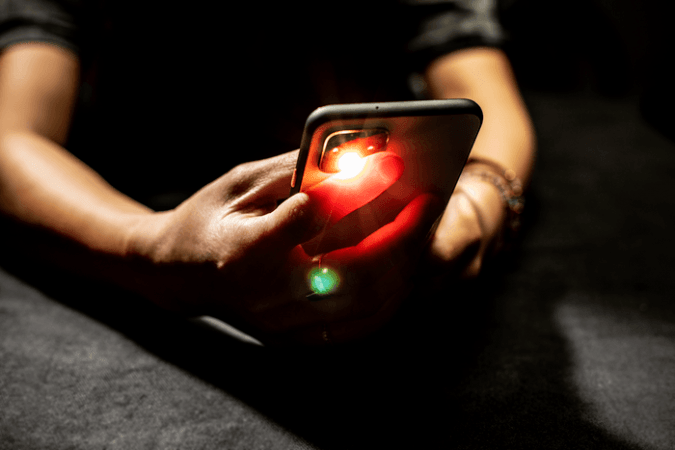A team of US researchers has found that smartphones are capable of detecting blood oxygen saturation levels down to 70 per cent the lowest value a pulse oximeters should be able to measure.
The proof-of-principle research by University of Washington (UW) and University of California San Diego researchers involved participants placing their finger over the camera and flash of a smartphone, which uses a deep-learning algorithm to decipher the blood oxygen levels.
When the team delivered a controlled mixture of nitrogen and oxygen to six subjects to artificially bring their blood oxygen levels down, the smartphone correctly predicted whether the subject had low blood oxygen levels 80 per cent of the time.

"Other smartphone apps that do this were developed by asking people to hold their breath. But people get very uncomfortable and have to breathe after a minute or so, and that's before their blood-oxygen levels have gone down far enough to represent the full range of clinically relevant data," said co-lead author Jason Hoffman, a UW doctoral student in the Paul G. Allen School of Computer Science & Engineering.
"With our test, we're able to gather 15 minutes of data from each subject. Our data shows that smartphones could work well right in the critical threshold range",Hoffman said in the study published in npj Digital Medicine.
Another benefit of measuring blood oxygen levels on a smartphone is that almost everyone has one.
To gather data to train and test the algorithm, the researchers had each participant wear a standard pulse oximeter on one finger and then place another finger on the same hand over a smartphone's camera and flash.
"The camera is recording a video: Every time your heart beats, fresh blood flows through the part illuminated by the flash," said senior author Edward Wang, who started this project as a UW doctoral student studying electrical.

The researchers used data from the participants to train a deep learning algorithm to pull out the blood oxygen levels. The remainder of the data was used to validate the method and then test it to see how well it performed on new subjects.
The camera records how much that blood absorbs the light from the flash in each of the three color channels it measures: red, green and blue," said Wang, who also directs the UC San Diego DigiHealth Lab.
The team hopes to continue this research by testing the algorithm on more people.

















